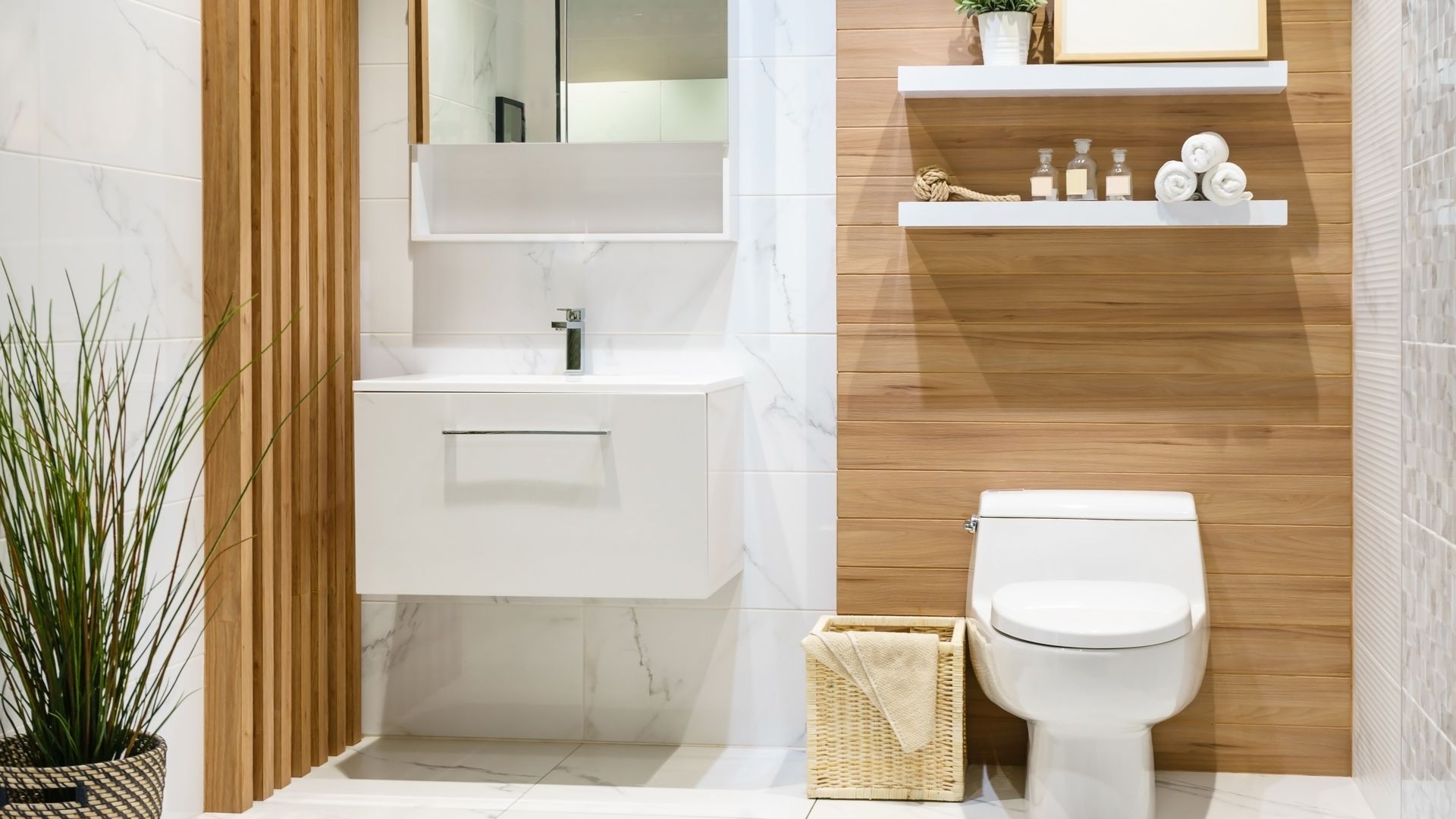Understanding the inner workings, common issues, and maintenance protocols of a sump pump can be instrumental in keeping your basement dry and safe. A sump pump is a crucial piece of equipment that helps to prevent the accumulation of water in your basement, effectively guarding against potential water damage and mold growth. However, like any mechanical device, sump pumps can encounter issues, which may impair their functionality. Being aware of these common concerns and knowing how to handle regular maintenance can drastically reduce the likelihood of basement flooding and contribute to the overall safety of your home.
What Is a Sump Pump?
A sump pump, typically installed in the lowest part of a basement or crawlspace, is a specialized device designed to keep your living areas dry and prevent flooding. Its primary function involves pumping out and diverting water that has gathered in a sump basin away from your home.
The mechanics of a sump pump are relatively straightforward. When water levels in the sump basin rise above a certain threshold, a float switch is triggered, activating the pump. The motor then creates a high-pressure flow, forcing the water to evacuate through a pipe system leading outside. This entire process operates on a loop to continually keep water at bay, safeguarding your home from potential water damage.
Common Sump Pump Issues
To help you identify potential problems, here are some common sump pump issues you may encounter:
Power Outages:
During severe storms, power outages can occur, leaving your sump pump inoperable. To counter this, consider investing in a backup power source, such as a battery-powered backup system or a generator. These options ensure your sump pump continues to function even during power failures.
Clogged Discharge Pipes
Over time, debris and sediment can accumulate in the discharge pipes, obstructing the water flow. Regularly inspect and clean the discharge pipes to prevent clogs. If you notice any blockages, contact a professional for assistance.
Pump Overwhelm
Heavy rainfall or excessive water intrusion can overwhelm your sump pump's capacity. Consider installing a larger sump pump or adding a secondary pump to handle higher volumes of water. This proactive approach ensures your basement remains protected even during intense weather conditions.
Sump Pump Maintenance Tips
To keep your sump pump in optimal condition, follow these maintenance tips:
- Regular Testing: Have your sump pump tested at least once a year to ensure it's functioning correctly. A professional will typically pour water into the sump pit to activate the pump and observe its performance. If any issues arise, a qualified plumber will perform a thorough inspection and fix and issues that arise.
- Cleaning the Pit: Inspecting the sump pit regularly will ensure the removal of any debris, dirt, or sediment that may hinder the pump's operation. A clean pit allows the pump to function efficiently and prevents blockages.
- Check Valve Inspection: The check valve prevents water from flowing back into the sump pit once it's been pumped out. Ensure the check valve is properly installed and functioning correctly. If you notice water flowing back, it's a sign that the check valve needs replacement.
Maintaining your sump pump is vital to prevent basement flooding and protect your property. Remember to have your sump pump tested, cleaned, and inspected regularly to avoid any unexpected issues.
Trust A&J Plumbing & Sewer Service for all your sump pump needs, and enjoy a dry and safe basement all year round. Call us at (800) 615-3920 to schedule your service today!
